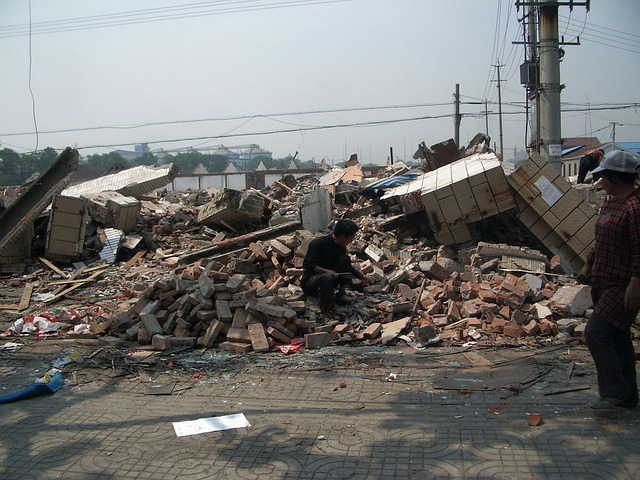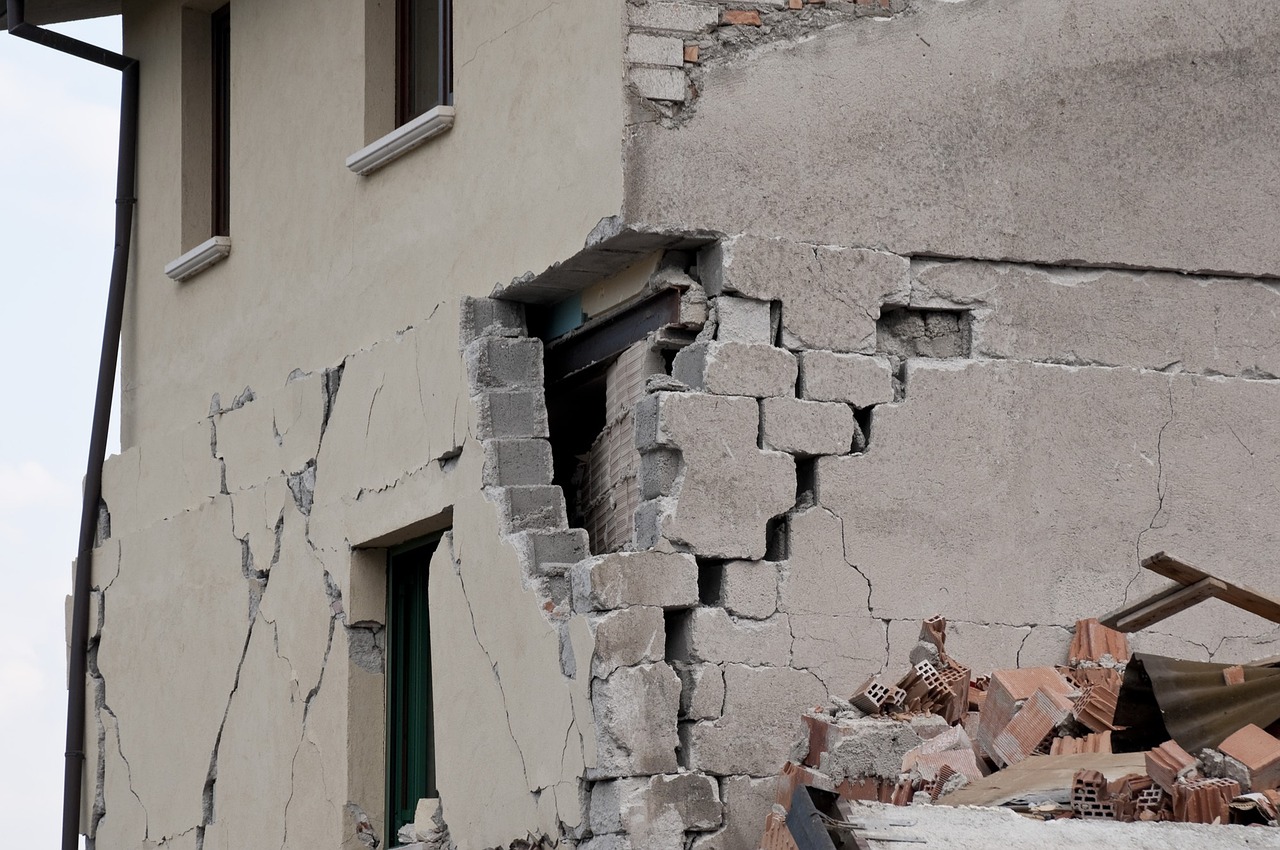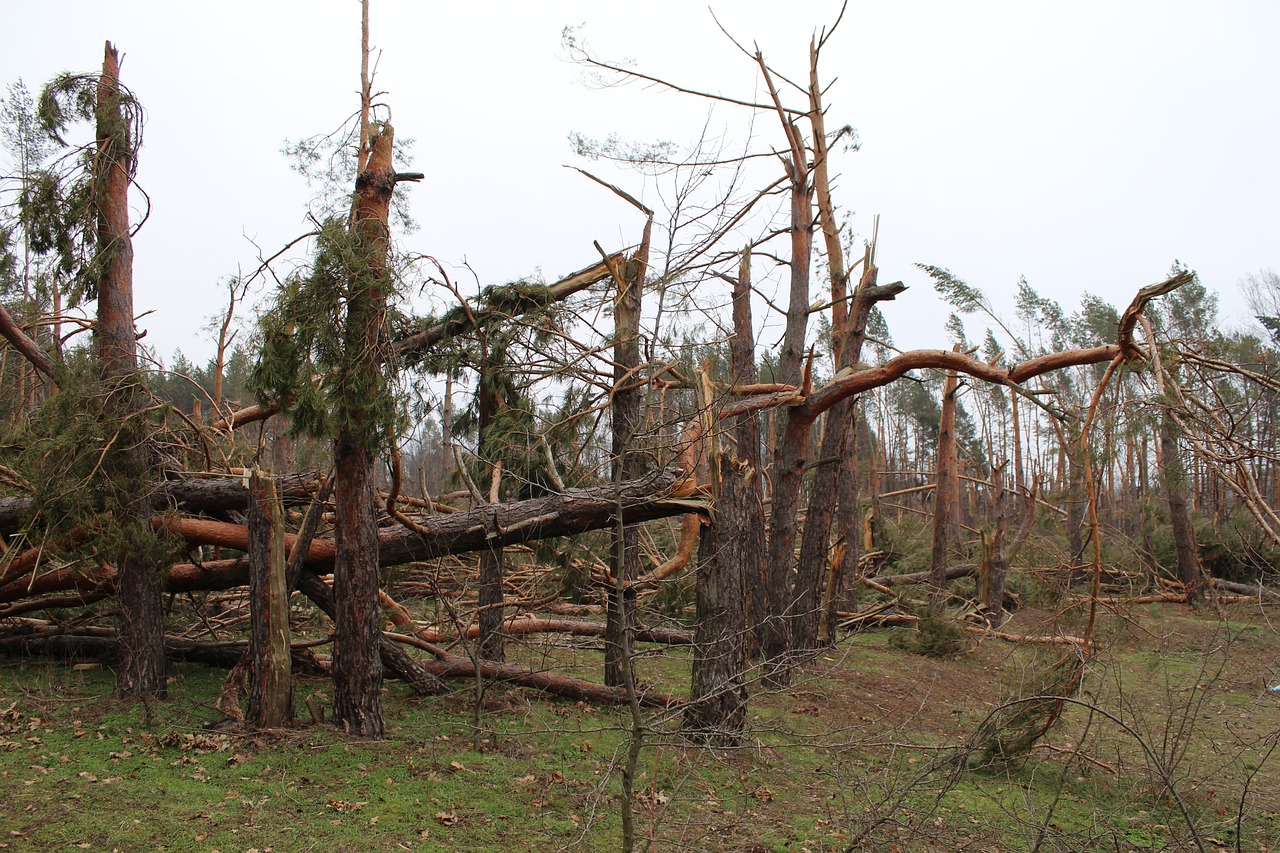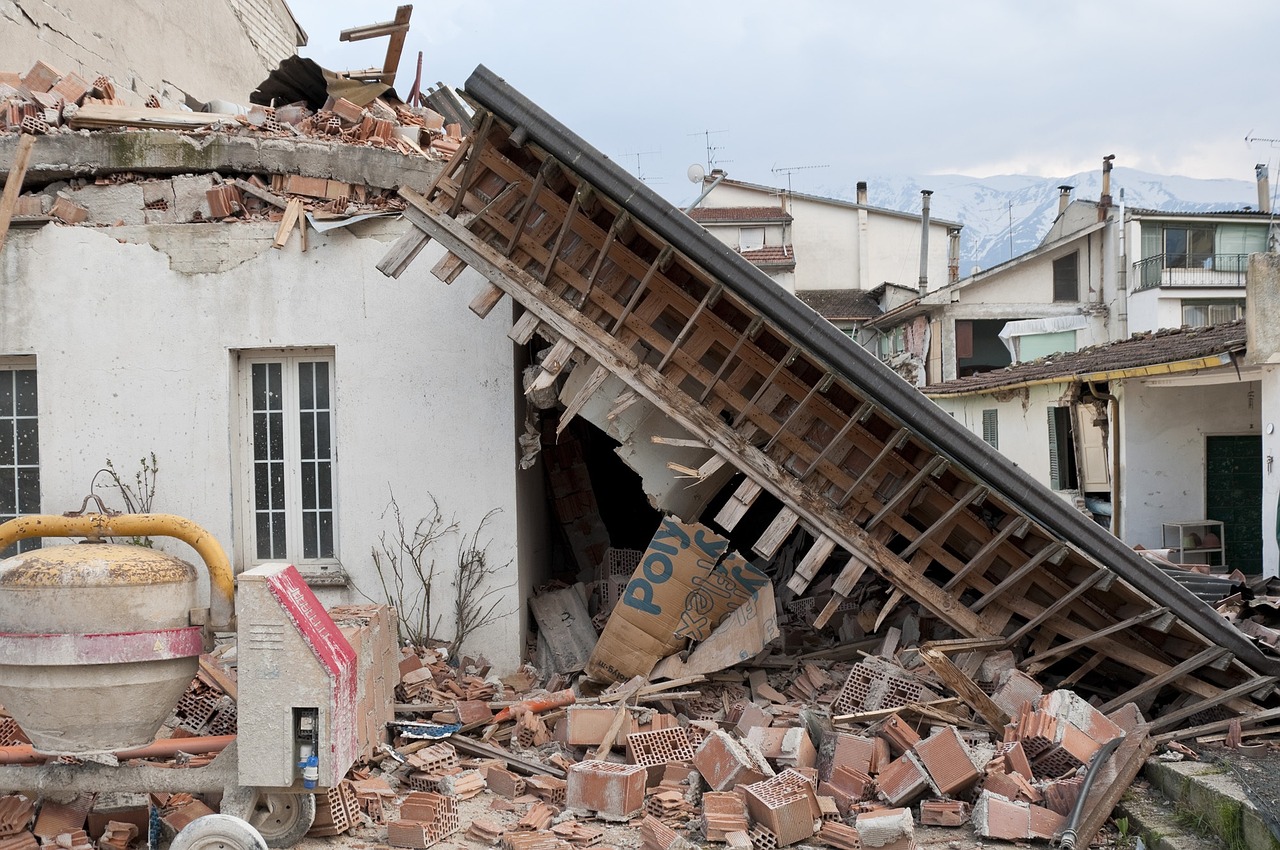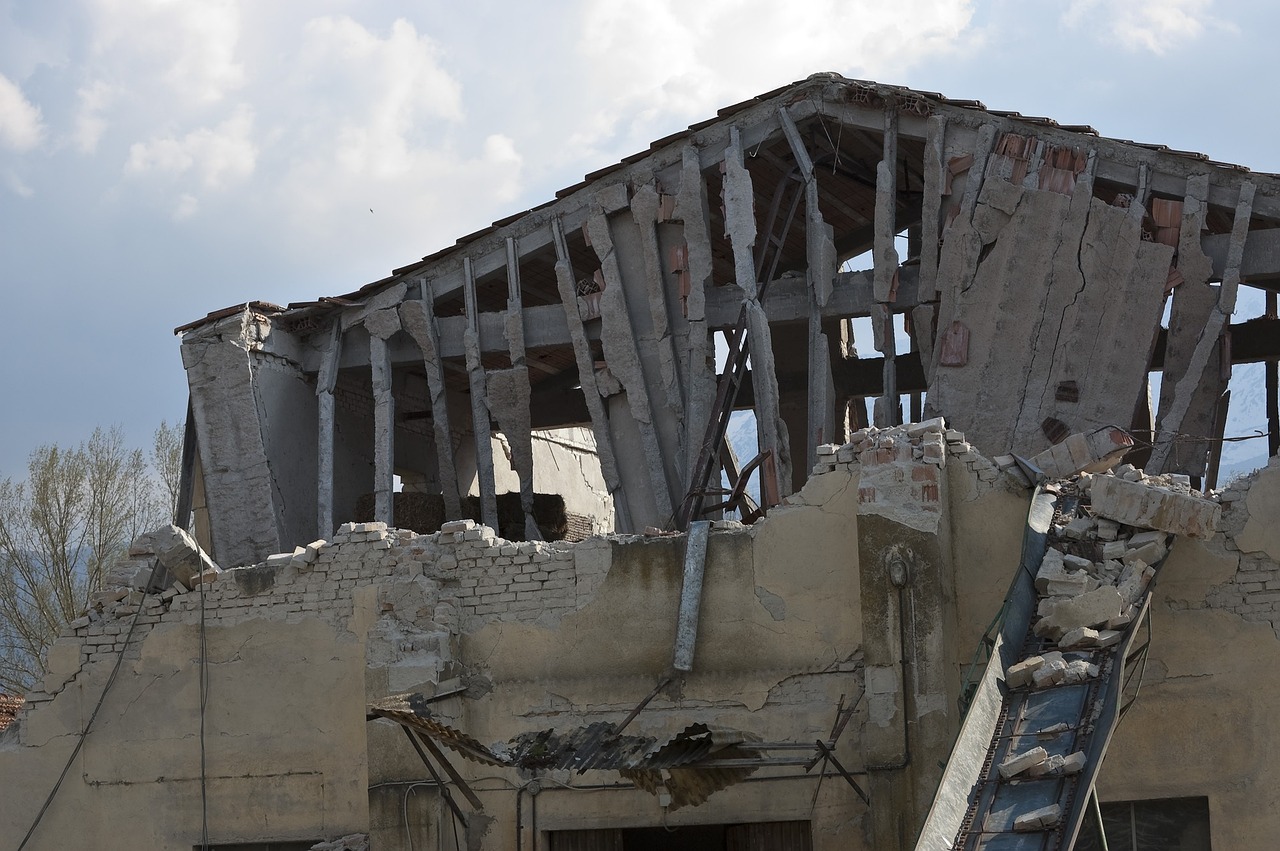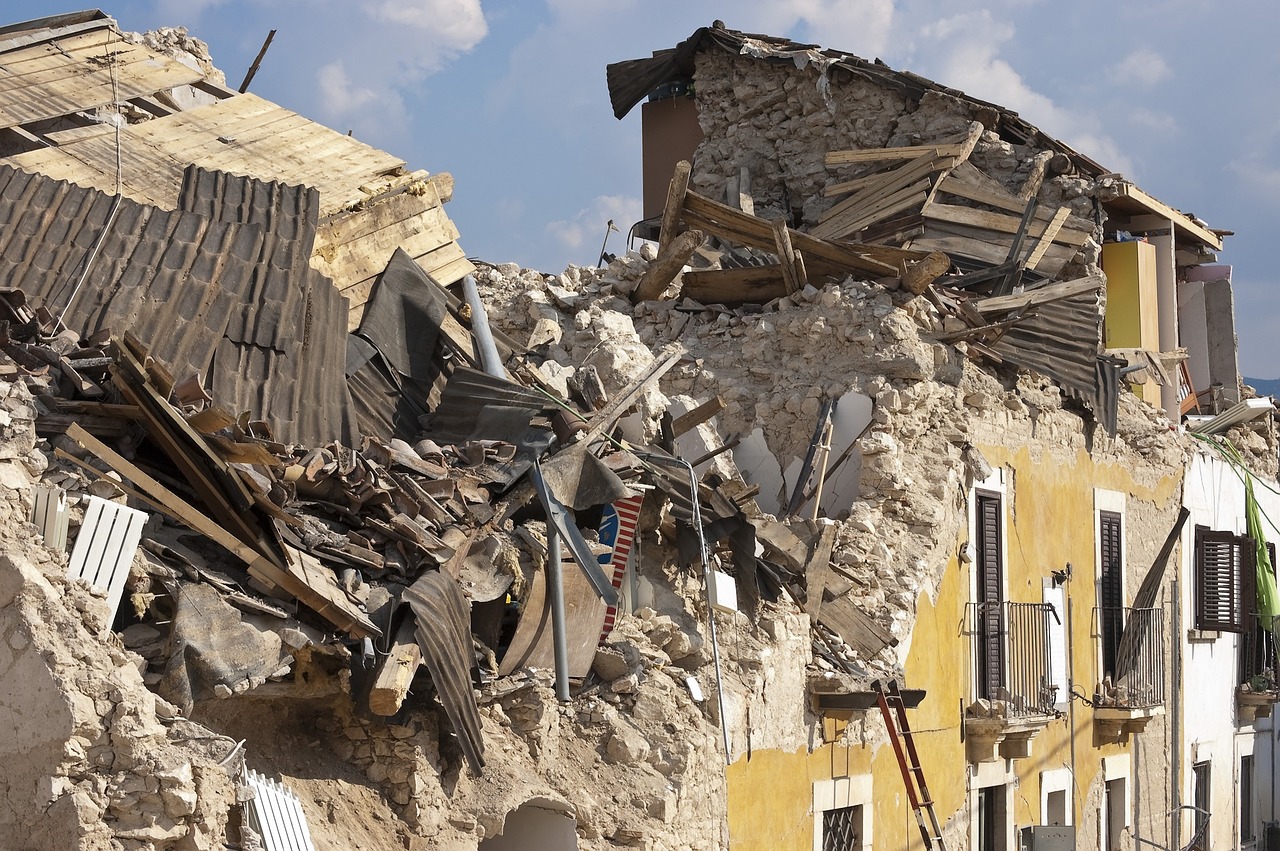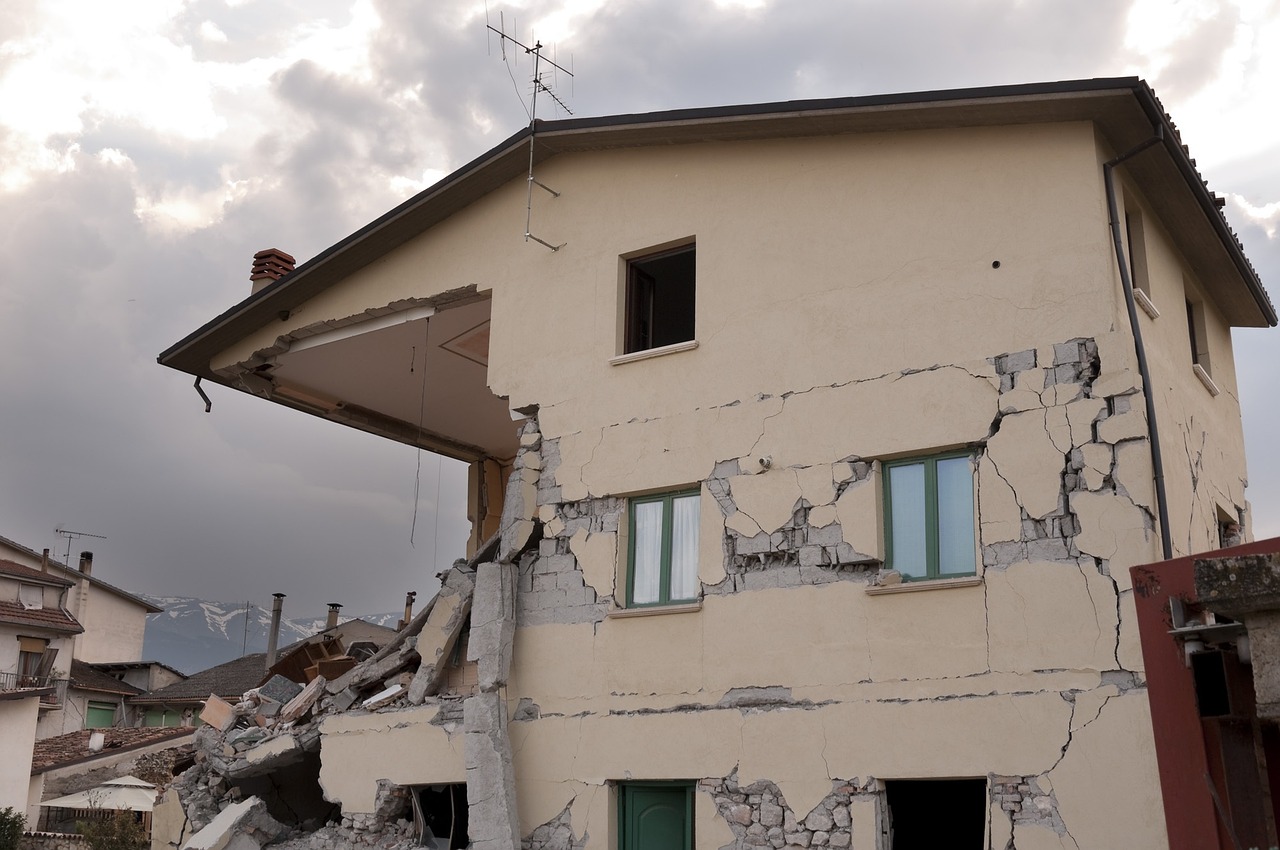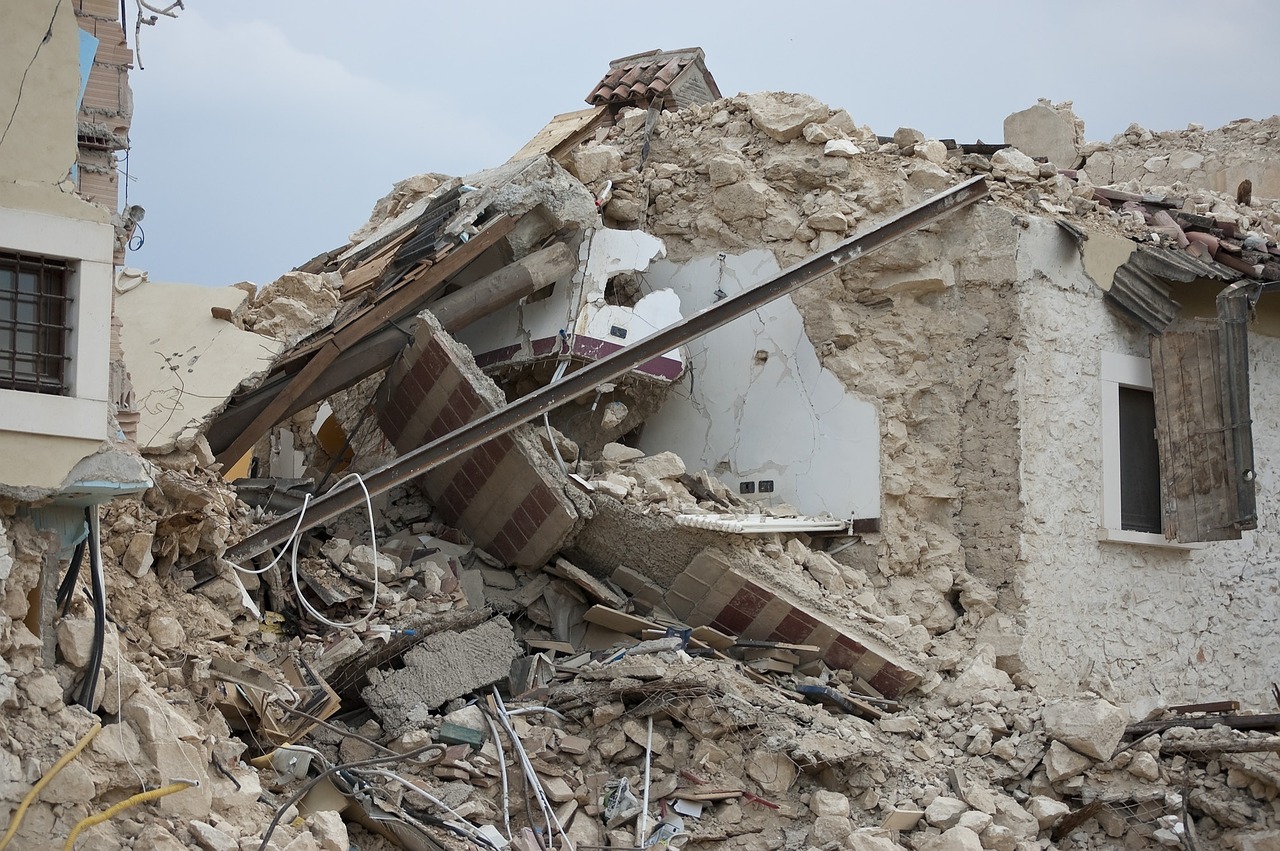Introduction:
While the physical devastation caused by earthquakes is often readily apparent, the psychological toll they leave in their wake can be equally profound but less visible. Oregon, like many other seismic regions, grapples not only with the immediate aftermath of seismic events but also with the long-term mental health effects on individuals and communities. In this blog, we will explore the psychological impact of earthquakes and discuss strategies for supporting mental health in Oregon in the aftermath of seismic events.
Understanding the Psychological Impact:
Earthquakes can trigger a range of psychological responses, including anxiety, fear, stress, depression, and post-traumatic stress disorder (PTSD). The sudden and unpredictable nature of earthquakes, coupled with the potential for injury, loss of life, and damage to property, can leave individuals feeling vulnerable and overwhelmed. Additionally, ongoing aftershocks and the uncertainty of future seismic events can exacerbate feelings of anxiety and distress.
Vulnerable Populations:
Certain populations may be particularly vulnerable to the psychological effects of earthquakes, including children, older adults, individuals with pre-existing mental health conditions, and those who have experienced previous trauma. Children, in particular, may struggle to understand and cope with the upheaval caused by earthquakes, leading to behavioural changes, nightmares, and separation anxiety.
Supporting Mental Health:
1. Psychoeducation: Providing accurate information about earthquakes, their potential impacts, and common emotional reactions can help individuals feel more prepared and less anxious. Psychoeducation efforts should also include practical strategies for coping with stress, such as relaxation techniques, mindfulness exercises, and seeking social support.
2. Mental Health Services: Ensuring access to mental health services, including counselling, therapy, and support groups, is essential for addressing the psychological needs of individuals affected by earthquakes. Collaborating with local mental health providers, community organizations, and government agencies can help expand access to services and support.
3. Community Support Networks: Building strong community support networks can help individuals feel connected, supported, and less isolated in the aftermath of earthquakes. Community-based organizations, faith-based groups, and neighbourhood associations can play a critical role in providing emotional support, practical assistance, and a sense of belonging.
4. Resilience-Building Activities: Engaging in resilience-building activities, such as disaster preparedness workshops, community resilience programs, and art therapy classes, can help individuals and communities build coping skills, strengthen social connections, and foster a sense of empowerment in the face of adversity.
Conclusion:
The psychological impact of earthquakes extends far beyond the physical damage they cause, affecting the mental health and well-being of individuals and communities. By recognizing the unique challenges posed by earthquakes and implementing strategies to support mental health, Oregon can better prepare for and mitigate the long-term psychological effects of seismic events. By prioritizing mental health support, fostering community resilience, and promoting self-care strategies, Oregon can help individuals navigate the emotional aftermath of earthquakes and build stronger, more resilient communities.

